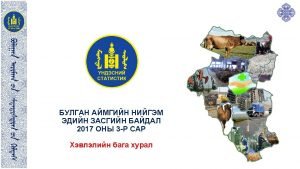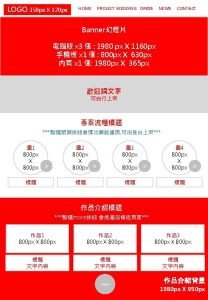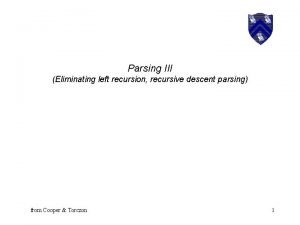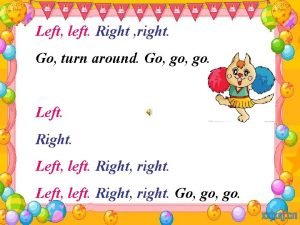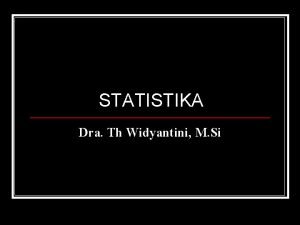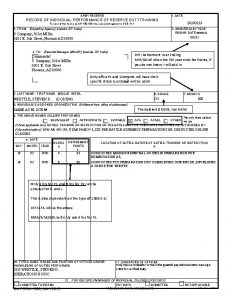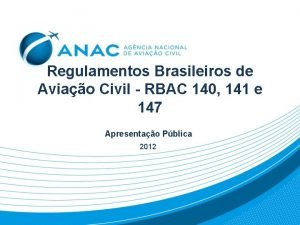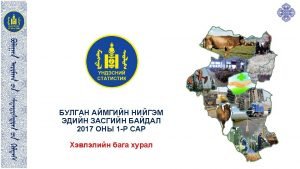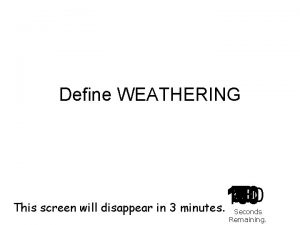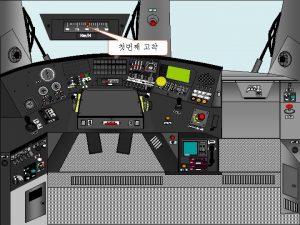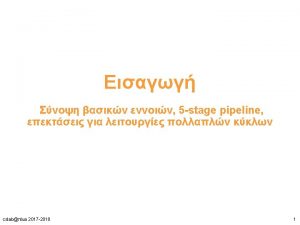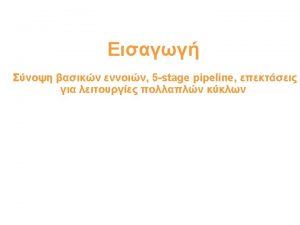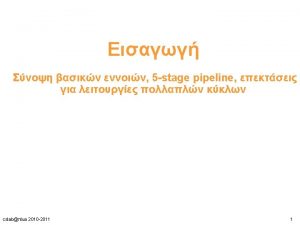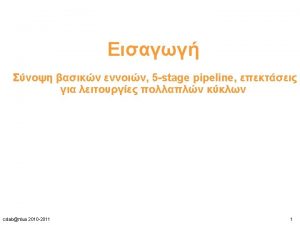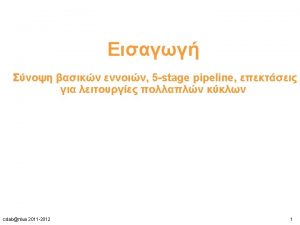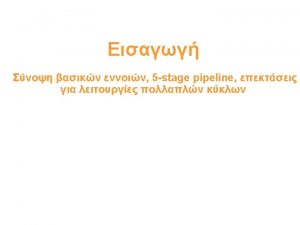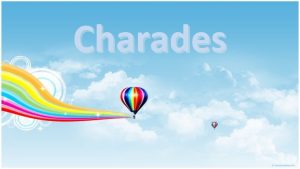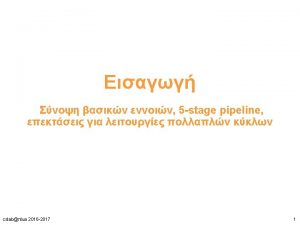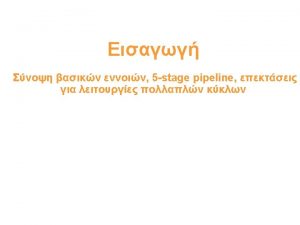Seconds left 140 120 130 30 40 50
























- Slides: 24

Seconds left: 140 120 130 30 40 50 60 70 10 2 3 4 5 6 7 8 9 0 180 20 160 90 150 170 100 110 80 1 The Sun warms the Earth, which warms the air around it, causing the air to move. Large masses of air can move and collide, creating a front. A front is the boundary between two different air masses where certain kinds of weather can occur. – Describe the types of air masses that are colliding at a cold front.

With a cold front, a large cool air mass will move into an area and collide with a warm, moist air mass. The warm air will move over the cold air mass, and the moisture in the warm air cools and condenses, forming clouds.

Describe the difference between “good” ozone and “bad” ozone. Seconds Left: 140 120 130 30 40 50 60 70 10 2 3 4 5 6 7 8 9 0 180 20 160 90 150 170 100 110 180

“Good” ozone is found in the stratosphere and protects the Earth from harmful UV rays. “Bad” ozone is found near the surface of the Earth and causes respiratory problems and can damage plastics and other materials.

List & describe three types of heat transfer Seconds Left: 140 120 130 30 40 50 60 70 10 2 3 4 5 6 7 8 9 0 180 20 80 160 90 170 150 100 110 1

• Radiation -A way in which energy is transferred from place to place in the form of a wave. – Process by which energy travels across space. • Convection - The movement heat by currents in liquids or gases. – The process of heat transfer through fluids by means of rising currents. • Conduction - The transfer of heat energy through a substance or from one substance to another by direct contact of atoms or molecules. – The process of heat transfer through materials and adjoining substances.

How does the Sun transfer energy to the Earth? Seconds Left: 140 120 130 30 40 50 60 70 10 2 3 4 5 6 7 8 9 0 180 20 160 90 150 170 80 100 110 1

The Sun transfers energy (heat & light) to the Earth by radiation.

Draw a diagram of the water cycle – include precipitation, evaporation, condensation, percolation (infiltration) 140 120 130 30 40 50 60 70 10 2 3 4 5 6 7 8 9 0 180 20 160 90 170 150 100 110 180 Seconds Left:


What helps control how much of the Sun’s radiation is absorbed by the Earth? Seconds Left: 140 120 130 30 40 50 60 70 10 2 3 4 5 6 7 8 9 0 80 180 20 160 90 150 170 100 110 1

The atmosphere

A group of students measured the amount of rainfall received in two Texas counties over the course of six months in 2001. Their data is listed in the table below. Create a bar graph to represent the data, making sure to: – Graph the data correctly – Use an appropriate scale for the graph – Label the vertical and horizontal axes – Give the graph a title Seconds Left: 140 120 130 30 40 50 60 70 10 2 3 4 5 6 7 8 9 0 180 20 160 90 170 150 100 110 180

The bar graph should show two bars for each of the six months. One bar represents the data for each county. The measurements are between 0 and 6 inches, so a sample scale would indicate that each increment on the graph represents 0. 2 inches. Accept reasonable scales. Shading or labels should be used to identify the county of each bar. Inches of rainfall should be labeled for the vertical axis. A sample title might be "Rainfall Amounts in Texas During 2001. "

Draw a diagram illustrating convection. 140 120 130 30 40 50 60 70 10 2 3 4 5 6 7 8 9 0 180 20 160 90 150 170 100 110 180 Seconds Remaining:


Illustrate with a diagram the way heat moves. Seconds Left: 140 120 130 30 40 50 60 70 10 2 3 4 5 6 7 8 9 0 180 80 20 160 90 150 170 100 110 1


Why can more water vapor be present in warm than in cold air? Seconds Left: 140 120 130 30 40 50 60 70 10 2 3 4 5 6 7 8 9 0 180 20 160 90 150 170 100 110 180

At warmer temperatures, water vapor molecules move too quickly to condense into rain or snow.

Trace the path of a drop of water as it moves through the entire water cycle. Begin your cycle with water in a liquid state in the ocean and be sure to include: – the names of the stages of the water cycle – the role of the energy from the sun – the changes in the water's state as it moves through the cycle 140 120 130 30 40 50 60 70 10 2 3 4 5 6 7 8 9 0 180 20 160 90 170 150 100 110 180 Seconds Left:

Beginning in the ocean, solar energy heats the surface water of the ocean and changes water from a liquid to a gas or vapor. This process is called evaporation. Once it is in the atmosphere, the water vapor cools and condenses, which is the next step of the water cycle, called condensation. The water vapor condenses back into liquid water where it collects and falls back to the Earth. This water that falls from the atmosphere is called precipitation, which is the next step of the water cycle. Once it lands on the Earth's surface, it can flow on the surface as runoff, or it can collect in a body of water or underground in an aquifer. Once it seeps underground or is collected in a body of water, plants and trees can soak up some of the water. Through the process of transpiration, plants evaporate moisture back into the atmosphere. Water vapor can return to the atmosphere from plants and animals as well as from evaporation from bodies of water. Once the water is back into the atmosphere, the cycle starts all over again.

The Sun warms the Earth, which warms the air around it, causing the air to move. Large masses of air can move and collide, creating a front. A front is the boundary between two different air masses where certain kinds of weather can occur. – Describe the types of air masses that are colliding at a cold front. Seconds Left: 140 120 130 30 40 50 60 70 10 2 3 4 5 6 7 8 9 0 180 20 160 90 150 170 100 110 80 1

With a cold front, a large cool air mass will move into an area and collide with a warm, moist air mass. The warm air will move over the cold air mass, and the moisture in the warm air cools and condenses, forming clouds.
 100+80+60+40+20
100+80+60+40+20 X = 140 120 100
X = 140 120 100 100+120+140+160+180
100+120+140+160+180 Scrum in 120 seconds
Scrum in 120 seconds An/pyq-10(c)
An/pyq-10(c) 120px x 120px
120px x 120px Stage left and right
Stage left and right Recursive descent parser left recursion
Recursive descent parser left recursion Go straight turn left turn right
Go straight turn left turn right You put your left foot in you put your left foot out
You put your left foot in you put your left foot out Muscle energy technique
Muscle energy technique Left right turn around go go go
Left right turn around go go go Left left right right go go go
Left left right right go go go Fips 140-1 seals
Fips 140-1 seals Tinggi badan dalam cm 140 turus frekuensi
Tinggi badan dalam cm 140 turus frekuensi Army 1380 form
Army 1380 form 157 48
157 48 120 iq meaning
120 iq meaning Cse 140
Cse 140 What does 5'2 140 lbs look like
What does 5'2 140 lbs look like Phys 140
Phys 140 140-117
140-117 Pergub 140 tahun 2011
Pergub 140 tahun 2011 Camelia delcea
Camelia delcea Rbac 141
Rbac 141

